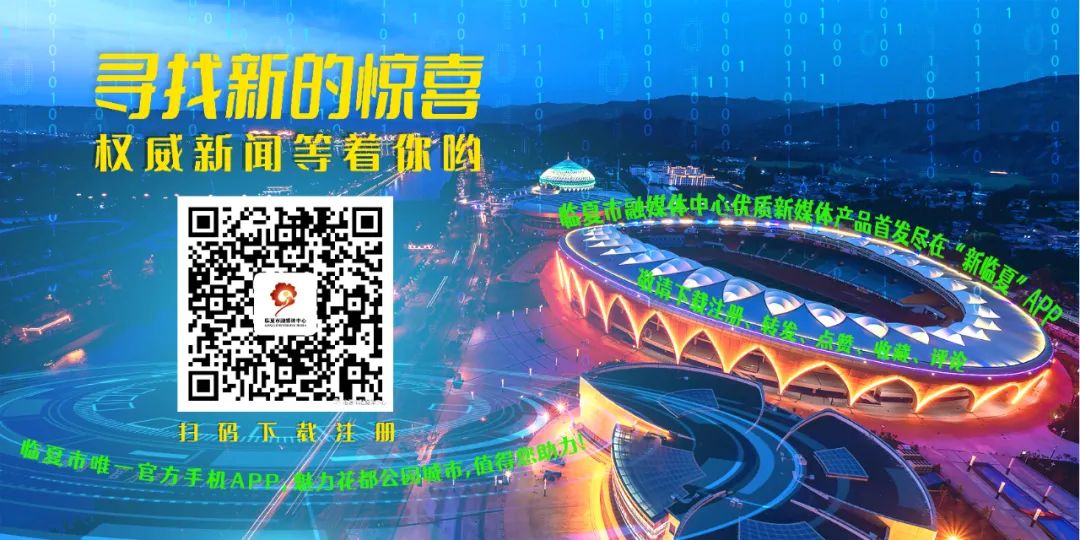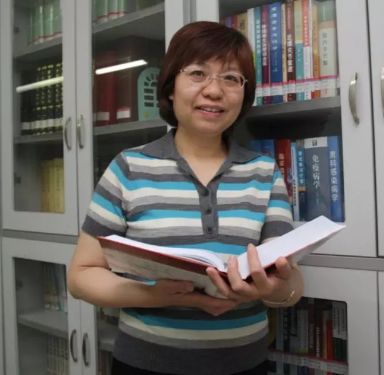Five key questions and answers of the ninth edition of the new crown prevention and control scheme
Author:Linxia Rong Media Center Time:2022.08.08

Q: What is the difference between home isolation and home health monitoring?
Answer: When home isolation, co -occupants are not allowed to go out. The home health test is mainly restricted to personal travel. The specific difference is as follows:
1. Home health monitoring
1. Choose to live in a room with good ventilation and try to use a separate bathroom as much as possible.
2. Test the body temperature once every morning and evening. Once there is suspicious symptoms such as fever, dry cough, fatigue, sore throat, smell (taste), diarrhea, diarrhea, etc., you should seek medical treatment in time.
3. Complete the nucleic acid detection according to the prevention and control requirements.
4. Do not go out during home health monitoring. For special circumstances such as medical treatment, you must do personal protection when going out, and try to avoid taking public transportation as much as possible.
5. Keep the rooms open the windows and ventilation, and do a good job of daily cleaning and disinfection of the home.
6. Try to avoid close contact with your family and promote the meal system.
2. Observation of home isolation medicine
1. It is best to live alone. If you live with your family, you should use a single bathroom for a single room. Try to limit your daily life and meals as much as possible in the isolated room.
2. When contacting with other family members closely, we must wear masks.
3. Test the body temperature once every morning and evening. Once there is suspicious symptoms such as fever, dry cough, fatigue, sore throat, smell (taste), diarrhea, diarrhea, etc., community management personnel should be reported in time.
4. Cooperate with the staff on the door.
5. Home isolation personnel and co -residents must not go out during home isolation. Due to medical treatment and other specialized cars and do personal protection.
6. Keep the rooms open and open the windows, and do a good job of disinfection in shared areas such as the daily cleaning, bathroom, bathroom, and bathrooms.
7. Domestic waste is put in a plastic bag and placed in a special trash can.
Question: What are the timing and requirements for key institutions such as schools and childcare institutions, elderly care institutions, and children's welfare services.
Answer: Omikon's mutant plant is faster and more hidden. The ninth edition prevention and control plan further strengthens the school and child care institutions, pension institutions, children's welfare service institutions, spiritual specialist hospitals, training institutions and other key institutions Personnel monitoring and early warning requirements to improve the sensitivity of early discovery of infected people. Relevant key institutions are dense, especially for the elderly and patients with mental illness. Once the infected person is introduced, it is easy to cause a clustered epidemic, with high risk of severe illness, and difficulty in dealing with the epidemic disposal.
After the local epidemic occurs, the scope of the epidemic should be analyzed in a timely manner based on the flow results. For relevant key institutions within the area of townships (streets) and counties (districts) that the epidemic affects The results of all employees and the risk of the diffusion of the epidemic are adjusted to at least 20 % of the sampling ratio per day or the nucleic acid testing is carried out in accordance with the test requirements of the area.
Question: What are the requirements for the time limit for the risk area after the epidemic?
Answer: The ninth edition of the prevention and control plan requires that the local joint prevention and control mechanism shall timely define the risk areas in a timely manner, and publish relevant low, medium and high -risk areas information within 5 hours, and promptly push the medium and high -risk zones in a timely and high -risk zone. Personal information. The follow -up information is updated according to the progress of the epidemic and risk research and judgment results. If the risk of community transmission of the infected infected persons, those such as close contact with those who are closely contacted have been controlled in a timely manner, and the risk of epidemic dissemination has been effectively controlled. After the research and judgment, there is no need to define the risk areas, and relevant information should be issued in time.
Q: What is the difference between prevention and control measures in low risk areas?
Answer: The ninth edition of the prevention and control plan stipulates that other areas (cities, districts, flags) where the mid -to -high risk zone is located is a low -risk zone, and adopt preventive measures such as "personal protection and avoiding gathering". Various types of personnel in the area conduct nucleic acid testing as required. Strict implementation of measures to enter indoor public places, peaks, current limit, temperature measurement, registration, mask and other measures. Remind residents to reduce going out, avoid gathering, maintain social distance, and do personal protection. Cross -regional flow must hold a 48 -hour kernel acidic acid test negative proof. After arriving at the destination, the requirements for nucleic acid testing for 3 days are implemented. Local can not take "layer" measures such as isolation and restricting travel from low -risk areas.
Question: How can I return to the place of residence after the entry personnel lift the centralized isolation?
Answer: After the entry personnel completed the 7 -day concentrated observation of medical observation in accordance with regulations, they returned to the residential place to carry out the health monitoring of the three heavenly homes.
Before the centralized isolation, the health notifications and prevention and control requirements of the immigration personnel will be made; the provincial -level joint prevention and control mechanism of the first entry -level place will push the relevant information of the immigration personnel to the provincial joint prevention and control mechanism in the destination in a timely manner to share personnel information sharing. The entry personnel should return to the residential place in time after lift the isolation. It is strictly forbidden to change the itinerary. On the way back, personal protection should be made. After arriving at the destination, report to the local community. Essence
Source: Gansu Daily

- END -
Rheumatology Pavilion | Dry syndrome is just "dry"?

Open bar:People often say that rheumatism, Chinese medicine is called paralysis di...
Beijing: Psychological guidance during the epidemic period
Guangming Daily, Beijing, June 20 (Reporter Zhang Jinghua and Dongcheng Correspondent Duan Yutong) Social cases discovered on the 19th once again sounded the alarm for us: the epidemic prevention and